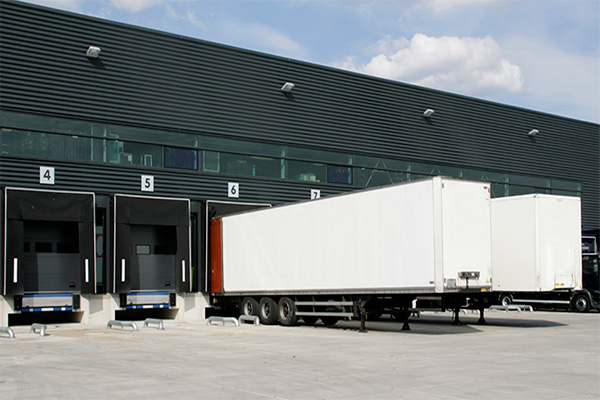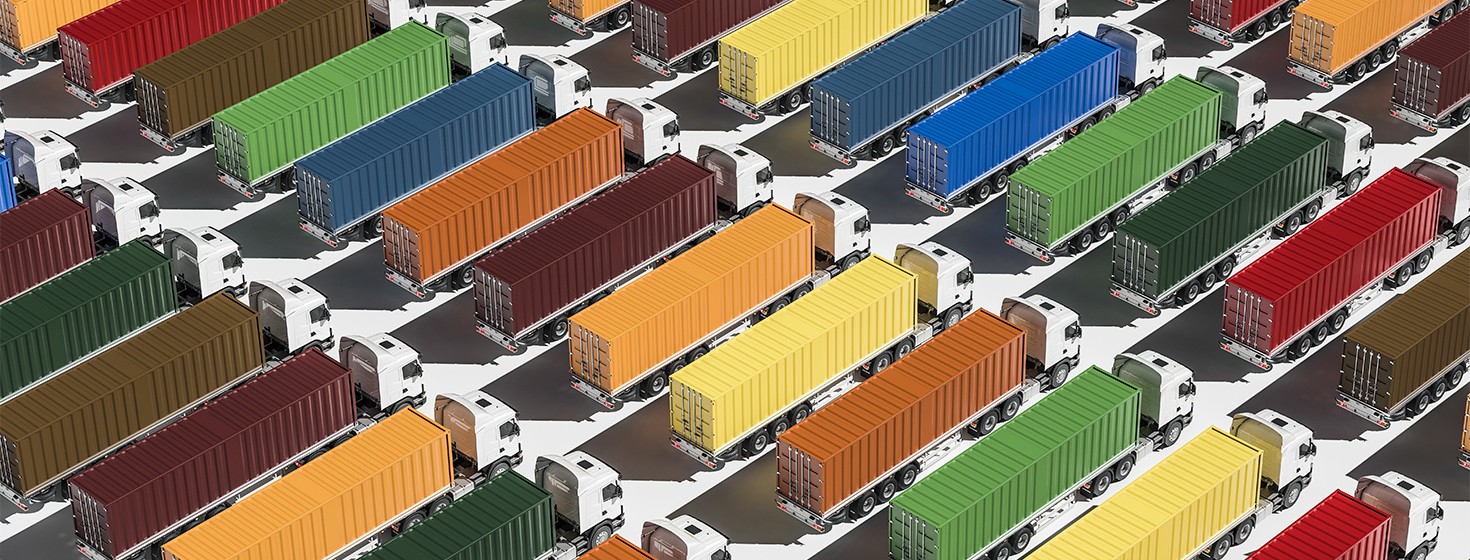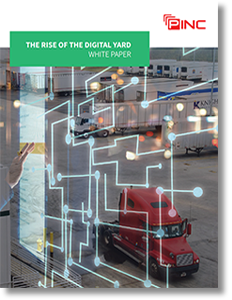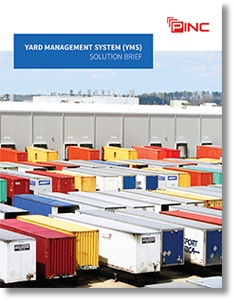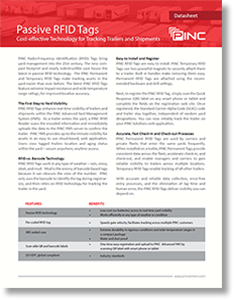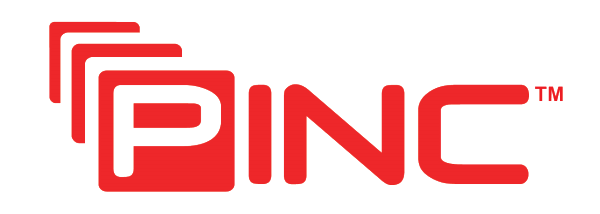Pros & Cons of Running a Private Transportation Fleet

In this article, we describe 5 pros and cons of investing in a fleet of vehicles and hiring operators to drive them, versus relying on third parties to manage your freight, logistics, and transportation operations.
The Private Fleet Route
The trucking capacity crunch, the driver shortage, and the ever-increasing costs of transporting goods via a third party are all pushing more shippers to consider the private fleet route.
The uptick in e-commerce and the demands that come along with it - faster delivery times, smaller orders, higher-velocity fulfillment operations, etc. - are also driving companies to consider what it would be like if they had their own fleet of delivery vehicles and a driver pool to choose from for some or all of their deliveries.
So, rather than depending on a carrier to move their freight, companies invest in vehicles, drivers, and everything else needed to run a dedicated fleet.
In return, they gain complete control of their transportation operations, always knowing that capacity is available, and have 100% visibility over those operations (versus depending on a third party to supply that information to them).
If these benefits sound compelling, be sure to consider these five realities of private fleet ownership before investing in your own:
1. Current market trends are complicating transportation and making it more expensive. In the rise of private fleets (and dedicated operations), Gary Frantz, a veteran communications executive with more than 30 years of experience in the transportation and logistics industries, discusses how the robust national economy is driving record freight levels right now, and how the driver shortage is only adding to shippers' pain points.
Throw increasingly challenging city congestion and highway driving conditions and rising operating and equipment costs into the mix, and “you have a perfect storm impacting available capacity - and generating more and more interest in private and dedicated fleets.”
2. Private fleets cost money, but they can also pay off by reducing transportation costs over the long term. Although capacity considerations may be the driving force behind fleet launches, customer service and cost play into it as well. “For private fleets, transportation is integral to the overall view of product quality and satisfaction,” National Private Truck Council's Gary Petty said. “They're indistinguishable. And as shipping costs with for-hire carriers have skyrocketed in the past year, more and more, it's also about cost management.”
If you're new to private fleet ownership, it's essential to understand that the vehicles themselves won't be your only expense. You'll also need qualified employees to drive them (i.e., those who hold CDL licenses or who can get them), insurance coverage for your fleet, a good preventative maintenance plan, and a place to store them when they're not on the road.
3. Your drivers will get a better work-life balance. This is “highly desired by drivers,” according to Frantz. “They're able to get home to their families on a more regular basis, which contributes to a better work-life balance. They also tend to stay with their employers longer. According to the NPTC, the private fleet driver-turnover rate is about 14% annually, whereas the driver-turnover rate for commercial over-the-road truckload carriers was 94%.
“The average tenure of a private fleet driver is 10 years,” Frantz reports, noting that private fleet drivers are also generally three times safer than commercial industry drivers as a whole.
4. But private fleets aren't immune to driver shortages. With U.S. unemployment rates at 50-year lows, finding truck drivers is difficult for any employer. Like most trucking companies these days, private fleets are facing driver shortages despite the fact that most private fleet drivers stay with their company longer than for-hire carriers, according to FleetOwner. For all transportation companies, drivers are the No. 1 challenge, the publication reports, but “private fleets are uniquely stable and dependable long-term compared to the rest of the industry.”
5. You may not need as much capacity as you thought you did. If your company has historically relied on outside trucking firms to manage its freight, you may not have a perfect handle on exactly how much capacity you actually need throughout a year. This risk of equipment underutilization can get pricey. “Many companies experience shipping peaks and valleys throughout the year,” Canada Cartage points out.
“Because of this, private fleets often scale their equipment needs to handle peak periods and satisfy customer demands, which can lead to underutilized equipment sitting idle during slower periods. This practice is inefficient and extremely costly for companies.”
One way around this is by selling that additional capacity to other companies that need transportation support - a move the can help generate additional revenues to cover the costs of running your private fleet.
If this is the year that you plan to launch a new, private fleet or take an existing fleet to the next level, keep these critical points in mind as you make your purchase decisions. Weigh out the pros and the cons, and compare them to the positive and negative aspects of relying on outside trucking companies.
Yard Management System
PINC Yard Management System has helped several organizations better manage their private fleets and reduce trailer pool sizes considerably.
PINC Permanent RFID Tags are used by carriers and private fleets that enter the same yards frequently.
When installed on a trailer, PINC Permanent Tags provide consistent data across the fleet, accelerate check-in, and check-out, and enable managers and carriers to gain constant visibility to trailers across multiple locations.
Temporary RFID Tags allow tracking of all other trailers. With accurate and reliable data collection, error-free entry processes, and the elimination of lag time and human error, the PINC RFID Tags deliver visibility you can depend on.
Read the Article: Turning the Yard into an Active and Valued Link in the Supply Chain with a Yard Management System
Related Yard Management Resources
The Rise of the Digital Yard
In this white paper, we explore the rise of the digital yard and show how technology is enabling significant efficiencies, productivity gains, and cost containment in a world where every penny added to the bottom line positively impacts organizational success. Download Now!
Solution Brief: Yard Management System
Yards are the intersection between warehouses and transportation, they are a critical linkage in logistics management practices and have a significant impact on the overall efficiency of the supply chain. Download Now!
Passive RFID Tags: Cost-effective Technology for Tracking Trailers and Shipments
With accurate and reliable data collection, error-free entry processes, and the elimination of lag time and human error, the PINC RFID Tags deliver visibility you can depend on. Download Now!
More PINC Resources
Article Topics
PINC News & Resources
Transport Analytics for Enterprise Rail Visibility Mobile Device Procurement, Service, and Support for Industrial & Finished Goods Shippers Merger of Best-in-Class Supply Chain Companies PINC, ShipXpress, and RailCarRX Providing Enhanced Yard Management Services and Solutions to Enterprise Customers 2020 State of Yard Management Report: Identifying a Truckload of Savings Across Your Network The Impact of Digital Yard Management on Enterprise Transportation Costs and Capacity The Increasing Demand for Digital Yard Management Systems More PINCLatest in Transportation
Baltimore Opens 45-Foot Deep Channel Following Bridge Collapse El Paso Border Delays Cost Juarez $32 Million Per Day in Economic Losses Ranking the World’s 10 Biggest Supply Chains The Top 10 Risks Facing Supply Chain Professionals Walmart’s Latest Service: Ultra Late-Night Delivery City of Baltimore Files Lawsuit to Recoup Money for Collapsed Bridge The Era of Self-Driving Tractor-Trailers Set to Begin More Transportation